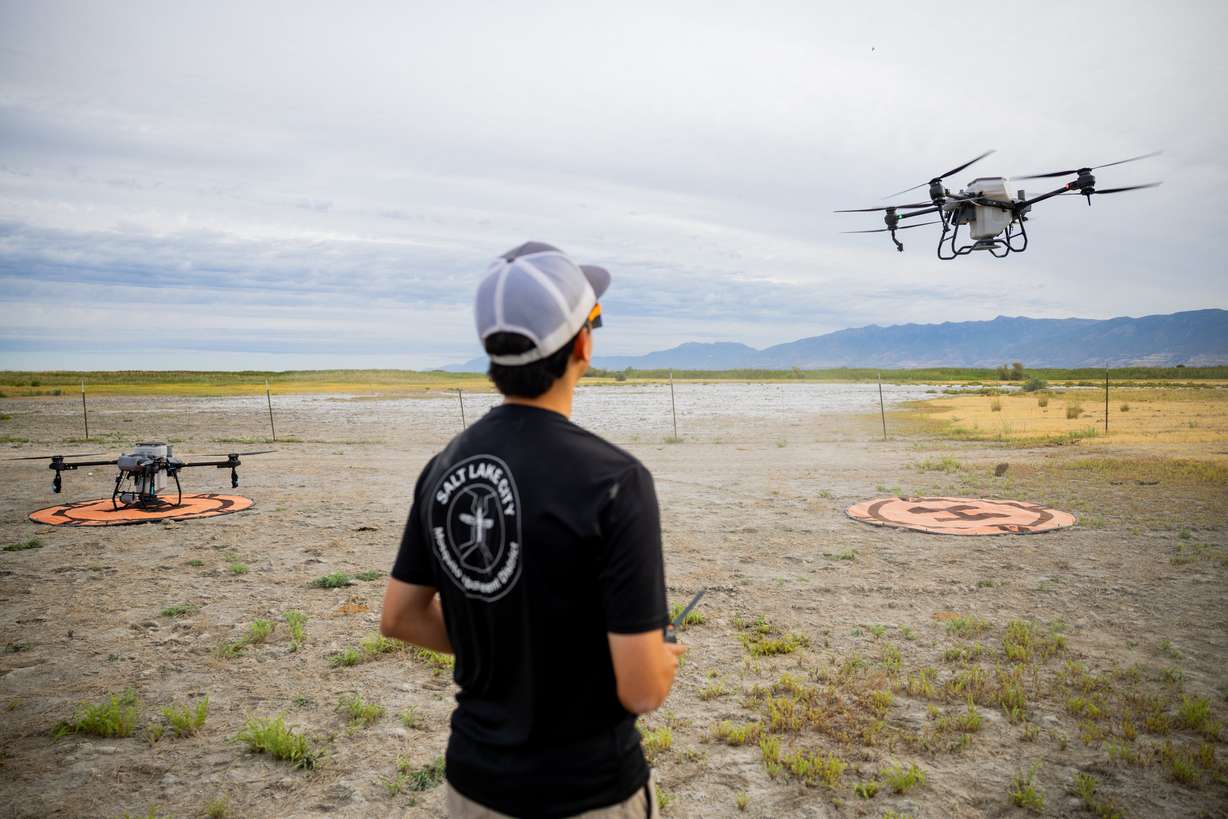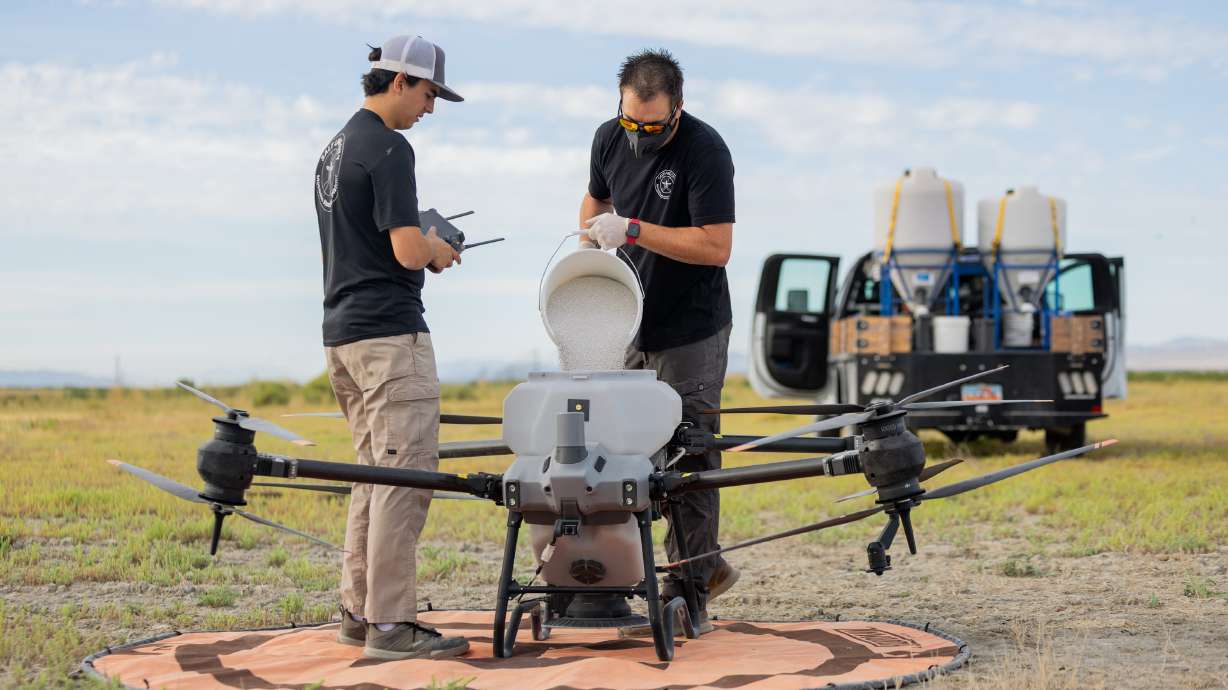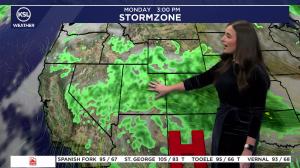Estimated read time: 2-3 minutes
- Drones are being deployed in communities throughout Utah to combat the spread of mosquitoes carrying West Nile virus.
- The Salt Lake Mosquito Abatement District uses said drones for "high-tech" mosquito control.
- Positivity of West Nile virus in mosquitoes are rising, though no human cases have been reported since Aug. 2.
SALT LAKE CITY — West Nile virus cases are ticking up in Utah in multiple counties and workers in various districts are trying to quell this problem. They have amped up efforts to keep people and vulnerable animals safe.
At the Salt Lake Mosquito Abatement District, for example, workers are utilizing an innovative technology to engage in high-tech battles against the bugs. Drones are hitting the skies to fight a deadly airborne pest — the mosquito — that can carry West Nile virus.
This is a modern-day approach to fighting one of the world's most ancient species.
A three-member team was out Friday morning in this aerial war against the bugs. District manager Ary Faraji said they are using an innovative technology that takes modern state-of-the-art applications to kill mosquitoes, a species of which there are more than 3,600.
Mosquitoes date back hundreds of millions of years — the time when dinosaurs roamed the earth. It is a bit odd that an insect that has a lifespan of less than 60 days can create so much attention and demand such mitigation efforts.
According to the Utah Department of Health, West Nile virus is carried by mosquitoes and commonly found in Africa, West Asia and the Middle East.
The agency reported that the first case appeared in the U.S. in 1999 and in Utah in August 2003.
The virus can cause disease in humans, birds, horses, and some other mammals.
While most people do not develop any symptoms, those who do become ill experience headaches, body aches, joint pain and stomach disorders.

The fight against the virus
Faraji said it is a constant battle. Mosquitoes are highly adaptive and hungry, adding that people on the higher benches of Salt Lake City seldom realize they are vulnerable.
In northern Utah, the virus in pools has been prevalent — although no human cases have been detected as of Aug. 2.

But here is where the mosquitoes carrying the virus have been reported so far in various "pools" where they gather:
- Bear River, 17
- Davis County, 11
- Salt Lake County, 10
- Utah County, 23
Year to date, as an example, the Davis County Mosquito Abatement District had tested 2,585 pools, with nearly 225,000 mosquitoes tested. Of those, 11 tested positive.

In the past week, in this intense surveillance effort, 367 pools of mosquitoes were examined that included 33,059 of the pests. Eight tested positive in Davis County.
There is no way to protect yourself 100% against the bite of a mosquito or possibly getting the virus, but there are some ways to mitigate it, according to the Centers for Disease Control and Prevention.
The agency said to use insect repellent, wear long-sleeved shirts and long pants and treat your clothing and gear with repellent when you are outdoors.









